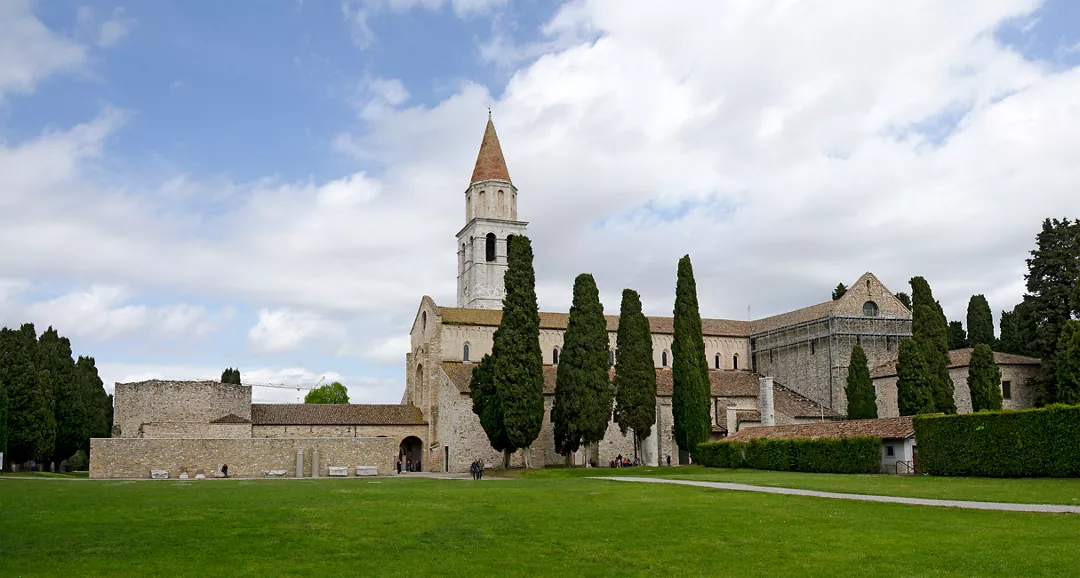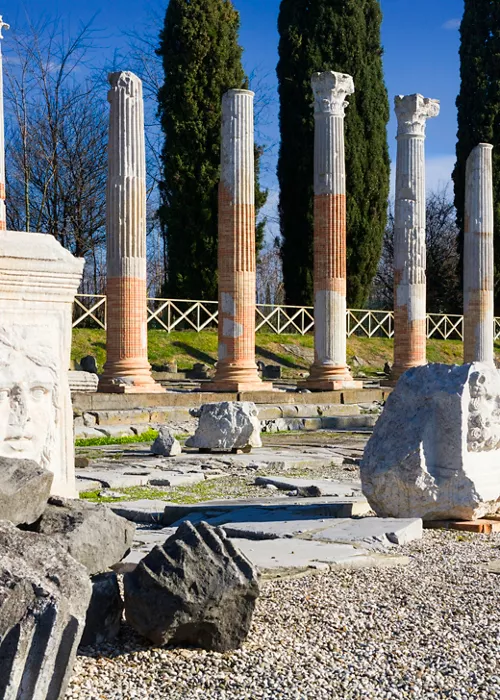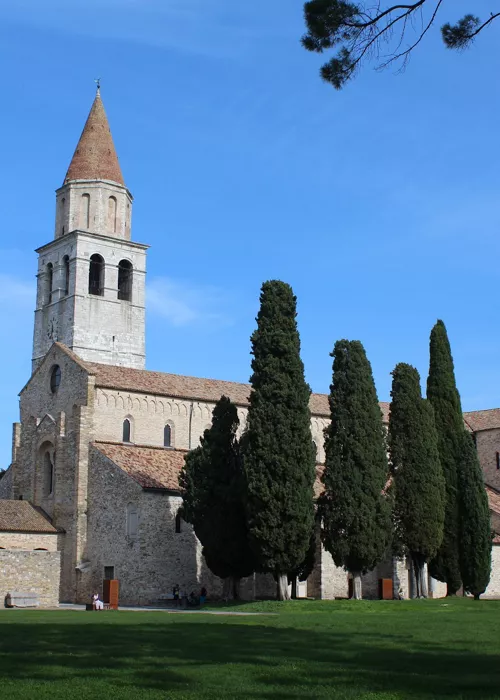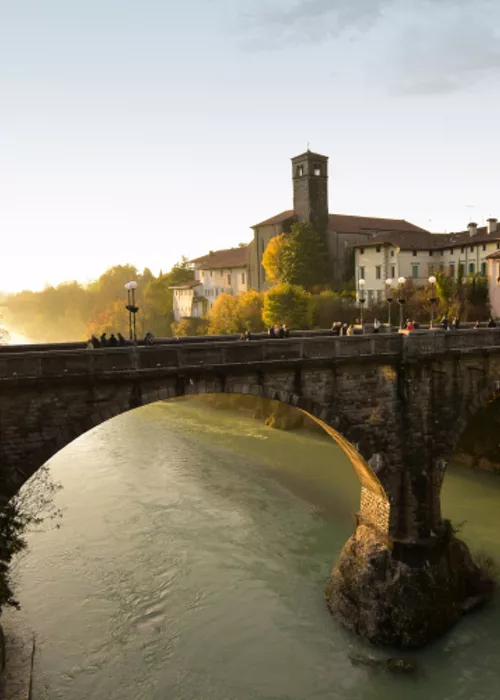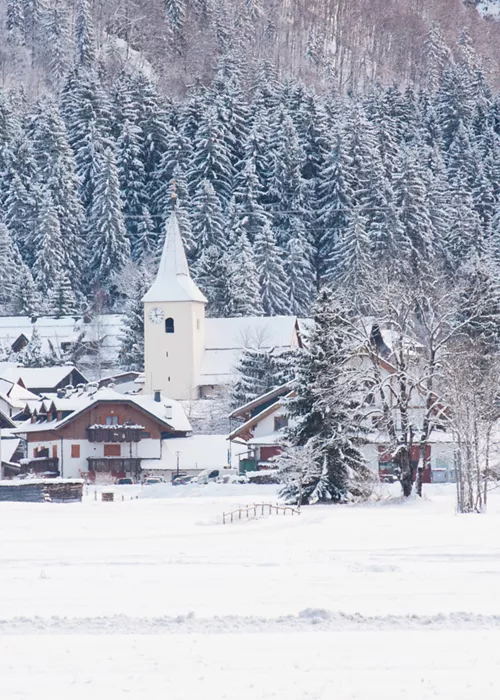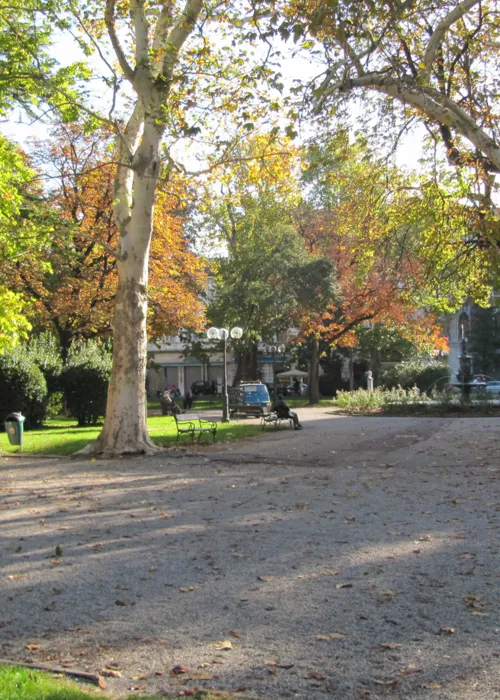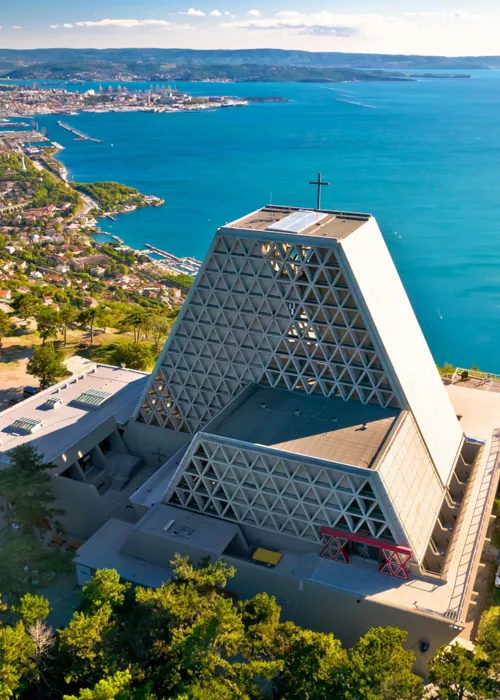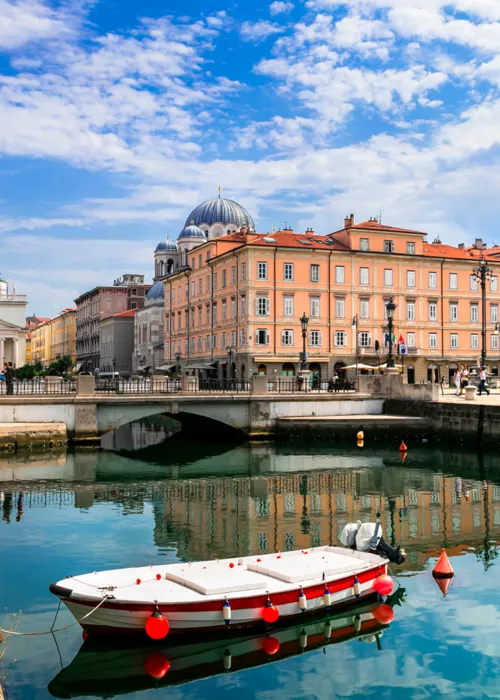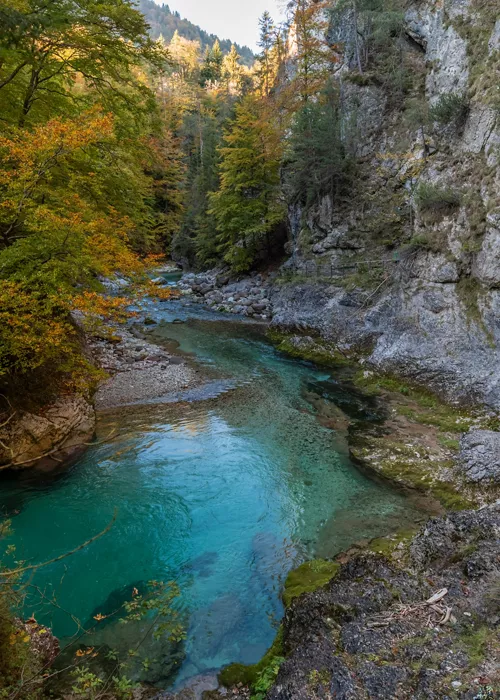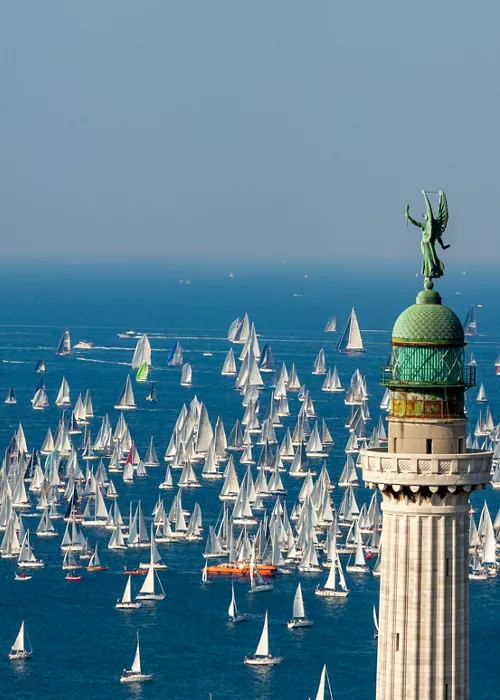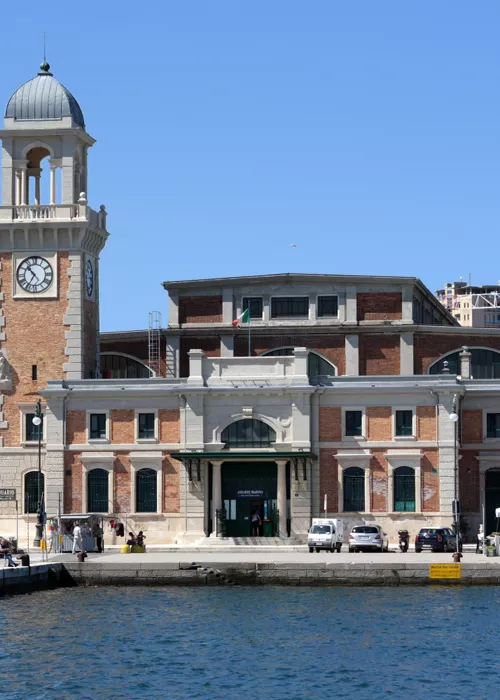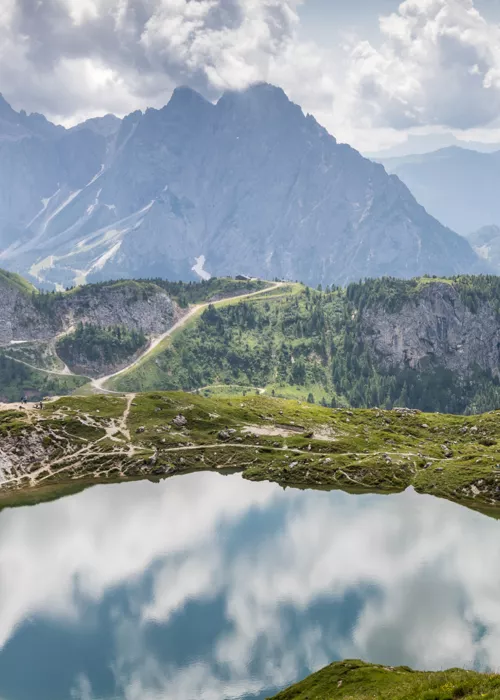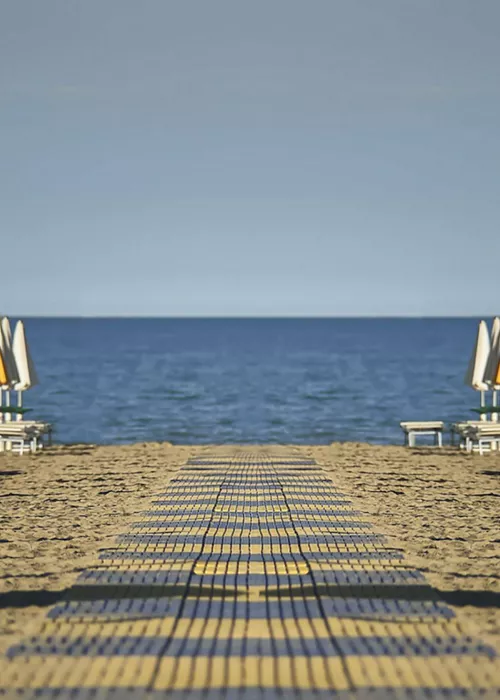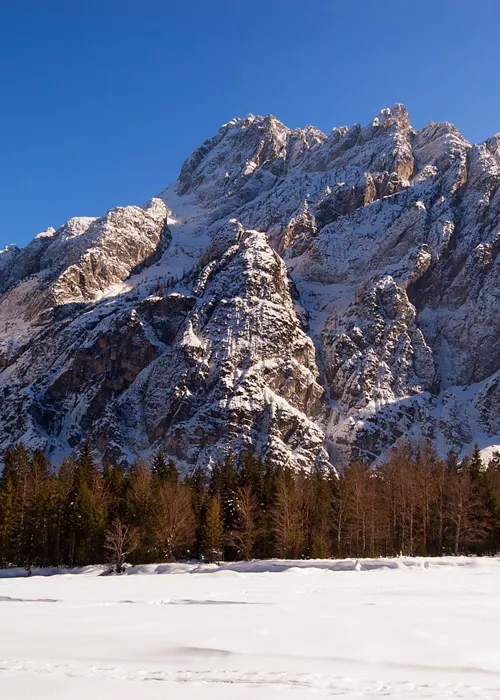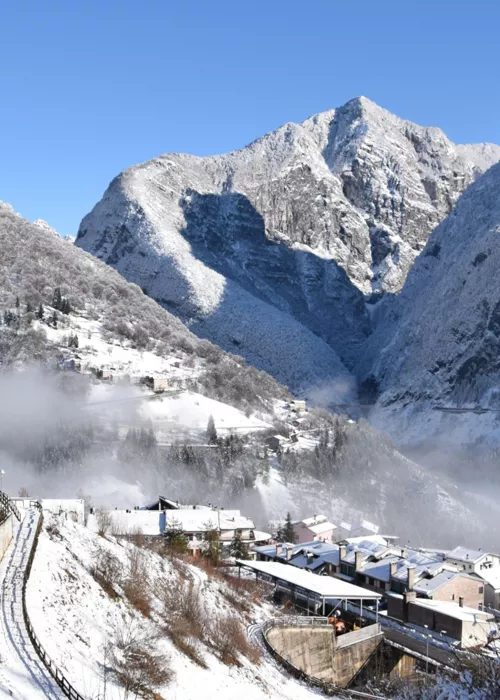Aquileia, the Ruins and the Basilica
4 minutes
Sitting some 40 kilometres south of Udine in Friuli Venezia Giulia, Aquileia was listed on UNESCO's World Heritage List in 1998 for the significance of its archaeological area and the beauty of the floor mosaics it houses.
As a small and precious treasure chest of art and history, Aquileia offers an extraordinary opportunity for knowledge and an unforgettable visiting experience.
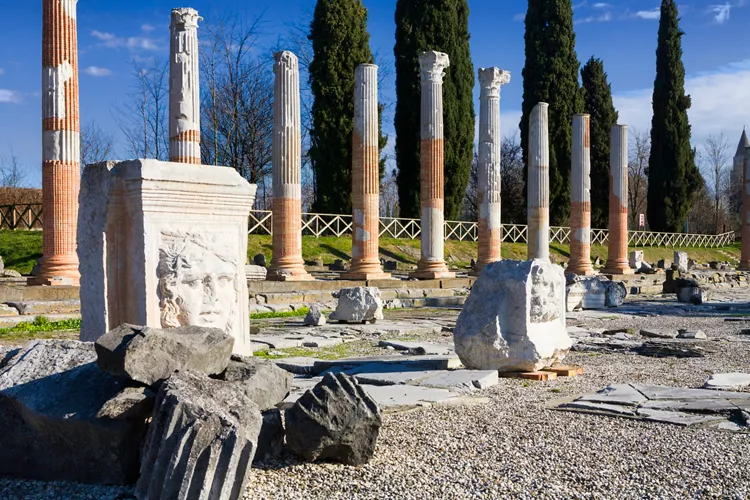
Aquileia came into being in 181 BC as a Roman colony due to its strategic position between the port and the inland area. It was under Julius Caesar that Aquileia's history was reinforced thanks to the historical Roman road leading to Norico. The emperor Diocletian transformed Aquileia into one of the largest cities of the Roman Empire, complete with its own navy and mint.
Truly the capital of the Western Roman mosaic, Aquileia became the seat of a Christian community free to profess its faith. It was from this point, through Bishop Theodore, that the evangelisation of Istria, the Balkans and Hungary began. After becoming one of the largest bishoprics in the Christian world, the city was the seat of the powerful medieval Patriarchate for a long time, which lasted until 1420 with the Venetian Republic and the passage under the rule of the Serenissima.
What to see in Aquileia: must-see sites of ancient Rome
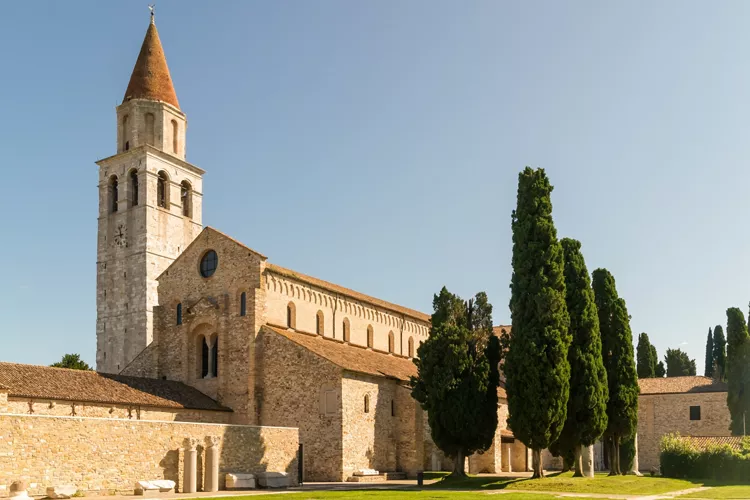
Aquileia is a city of art deserving of discovery, a treasure trove of the best-preserved vestiges of ancient Roman grandeur. The city's sights are linked to the magnificence of the Roman Empire and to experience a journey back in time, you must start from the ancient Roman city of Aquileia, located close to the city centre.
The archaeological area can be found there, in the open air and with free admission, where the remains of the forum, the river port, and the late antique markets can be explored. On foot, you can reach the Roman burial ground and visit some of the domus.
The precious mosaics uncovered during the excavations are preserved in the Paleochristian Museum and the National Archaeological Museum of Aquileia, where you should dedicate a few hours.
The voyage through the city's history must continue in the Basilica of Aquileia, an extraordinary architectural complex bearing the signs of several renovations and extensions carried out over the centuries. At over 750 square metres, the real treasure of the basilica is the floor mosaic from the 4th century, the largest in the Western Christian world.
The archaeological site Domus and Episcopal Palace are also unmissable stops in Aquileia. Through the work of the Aquileia Foundation, visitors have the rare opportunity to see the superimposed floor levels of different eras thanks to skilful architectural play. This archaeological site is the most recent to be opened to the public.
The admission ticket to the area gives you access to the Aquileia Baptistery and Südhalle dating back to the end of the 4th century. At its centre, you can admire the baptismal font used for immersion baptisms, and the southern hall, known as the Südhalle, is now incorporated into a museum building to protect its condition. There you can admire the floor mosaic and the precious "peacock" mosaic used to decorate the apse of the narthex.
4 suggestions on what to do in Aquileia
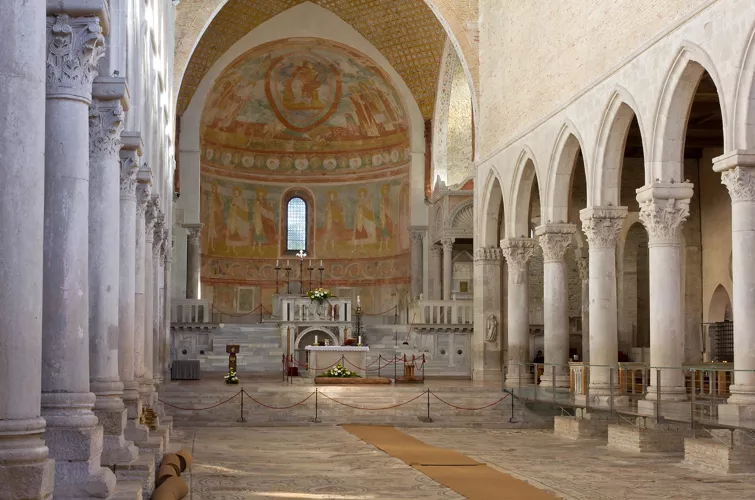
Should you be visiting Aquileia and wondering what to do in the city, you must not miss the Crypt of the Excavations, an underground treasure hidden beneath the Basilica of Santa Maria Assunta. The ruins of ancient storehouses from the 2nd century AD are preserved here, as well as those of a stately domus from the Augustan period. In the North Hall you will be amazed by the fine mosaics from the Theodorian period.
Whilst at the Basilica, don't forget to climb the 70-metre-plus bell tower for an amazing view of the entire city and surrounding plain. Visits to the bell tower are permitted only at certain times of the year, usually between April and September.
As Aquileia was an important port since ancient Rome, you cannot miss the remains of the river port on the Natissa in the eastern part of the city. The most evident remains date back to Claudius' empire, but traces of earlier times can still be seen, such as the pavement near the walls of the central storehouse.
Something to eat in Aquileia: the specialities to try

Aquileia's typical dishes have roots in the broader Friulian food and wine culture, with specialities influenced first by the ancient Romans and then by the Habsburg Empire.
- Herring with vegetables is a delicacy worth trying, which is served with warm polenta.
- Scallops au gratin will happily be eaten one after the other, but if you are a vegetarian, you should try potatoes in tecia topped with plenty of onion and bacon.
Should you be in town between September and November, you cannot miss the event A tavola con gli antichi romani where you can taste dishes that date back 2,000 years.

